It’s crucial to understand interior design elements if you’re passionate about the field and want to decorate your house. understanding the essential Interior Design elements is key to creating spaces that resonate with comfort, functionality, and style. Discover the significance of Interior Design Elements in transforming houses into homes that reflect individual tastes and preferences. Let’s dive into the comprehensive guide on Interior Design Elements, exploring everything from basic principles to the latest trends.
“The essence of interior design will always be about people and how they live. It is about the realities of what makes for an attractive, civilized, meaningful environment, not about fashion or what’s in or what’s out. This is not an easy job.”
— Albert Hadley
Table of Contents
Fundamentals of Interior Design Elements
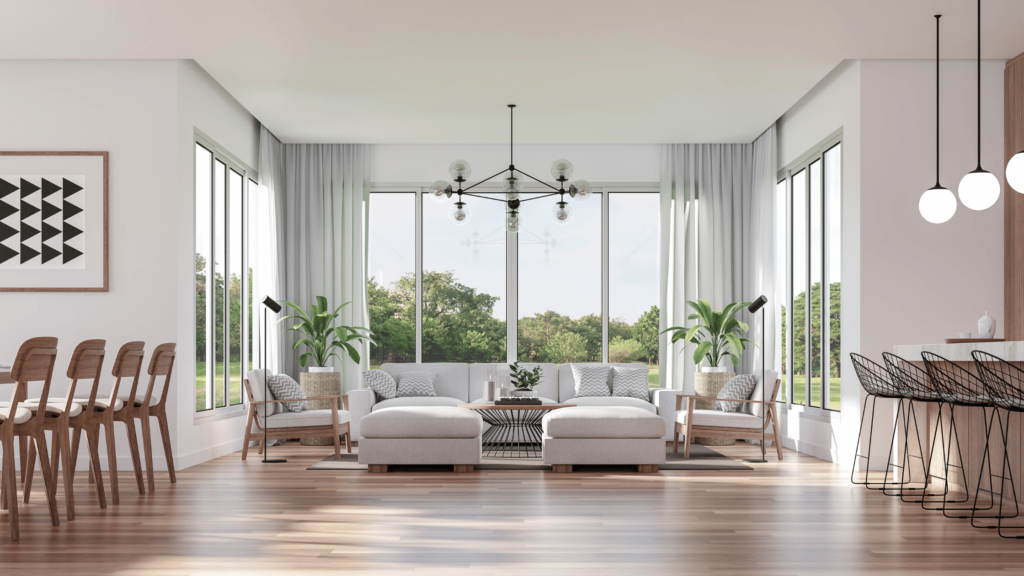
Balance:
Achieving balance involves distributing visual weight evenly. In practice, this means combining heavy and light elements strategically. For instance, if you have a large, visually dominant piece of furniture, balance it with several smaller, complementary items.
Harmony:
Harmony is about creating a cohesive and pleasing composition. It’s achieved by ensuring that all elements work together visually. Consider color schemes, patterns, and textures that complement each other, fostering a sense of unity.
Proportion:
Proportion ensures that elements in a space relate well to each other in terms of size. A common guideline is the 60-30-10 rule for color proportions, helping maintain a visually appealing balance in the palette.
Scale:
Scale refers to the size of objects in relation to the space they occupy. When selecting furniture, consider the size of the room to maintain harmony. Avoid overwhelming small spaces with overly large furniture.
Unity:
Unity brings all design elements together cohesively. Consistency in style, color, and theme creates a unified look, contributing to a harmonious and well-designed space.
Uncover the foundational principles that serve as the bedrock of every well-designed space. Explore the intricacies of balance, harmony, proportion, scale, and unity. Delve into the world of color schemes, understanding the art of color selection and its impact on the overall aesthetic.
Elements of Space

Layout and Arrangement:
Consider the function of each space before arranging furniture. Create conversation areas, ensure clear traffic flow, and maximize both visual and physical comfort.
Room Dividers and Open Concept Design:
Experiment with room dividers like screens or partitions to define spaces without enclosing them. Embrace open concept design for a modern, airy feel, ensuring a seamless connection between different areas.
Furniture and Furnishings

Furniture Selection:
Choose furniture that aligns with your design theme and lifestyle. Opt for versatile pieces that offer both comfort and functionality.
Textiles and Fabrics:
Experiment with different textures and patterns in textiles. Consider the durability and maintenance of fabrics, ensuring they suit the practical needs of your space.
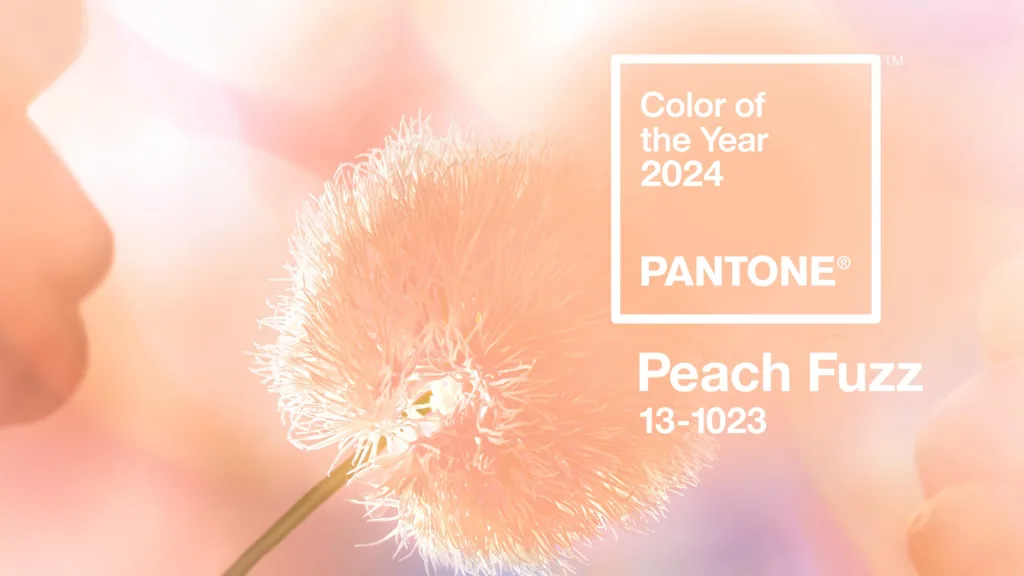
The Pantone Color of the Year 2024: Peach Fuzz
Source : VistaPrint US
Wall Treatments

Paint and Wallpapers:
Explore the transformative power of paint and wallpapers. Use accent walls strategically to draw attention to specific areas and create focal points.
Wall Art and Decor:
Adorn your walls with mirrors, sculptures, or gallery walls. Personalize the space with artwork and decor that resonates with your taste.
Flooring
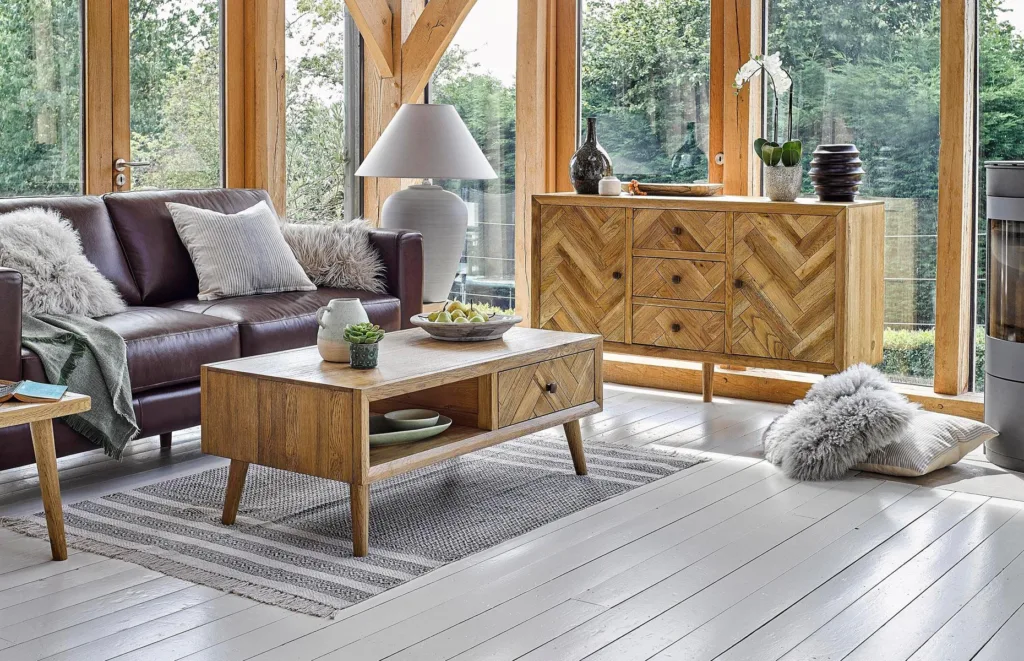
Types of Flooring Materials:
Dive into the world of flooring materials. Consider the pros and cons of hardwood, laminate, tile, carpet, and other options based on the aesthetic and functional needs of each space.
Flooring and Overall Design Aesthetics:
The choice of flooring significantly impacts the overall design aesthetic. Ensure it complements the theme and style of the room.
Accessories and Decorative Elements
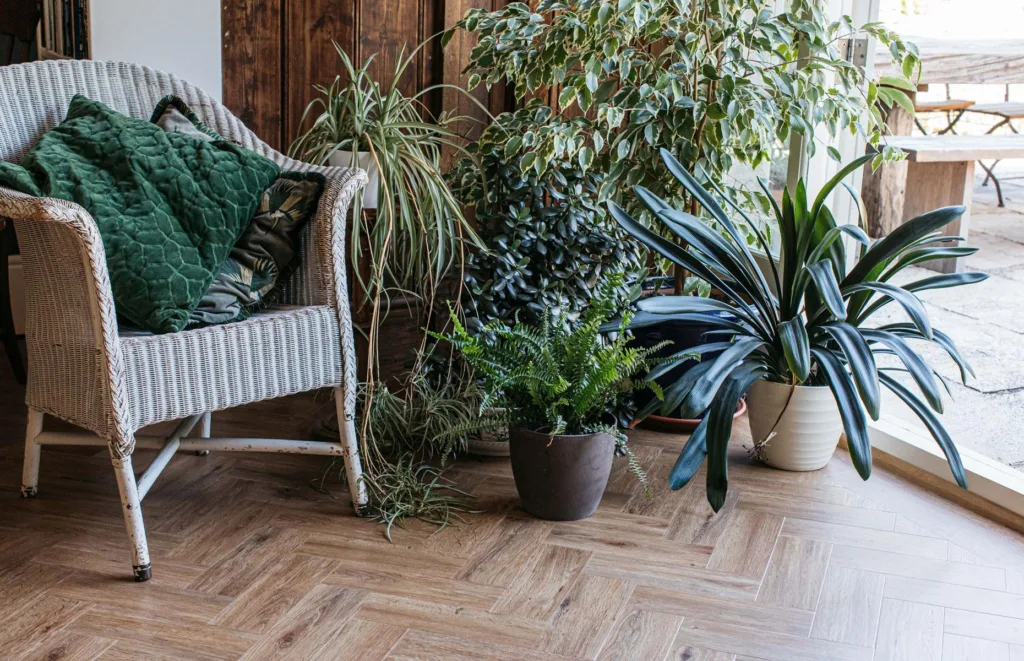
Importance of Accessories:
Accessories add the finishing touch to your design. Thoughtfully select items like vases, candles, rugs, and indoor plants to enhance the visual appeal.
Decorative Items and Their Placement:
Learn the art of placing decorative items. Avoid overcrowding and consider focal points for a balanced and visually pleasing arrangement.
Trends in Interior Design Elements
Current Design Trends:
Stay abreast of the latest design trends, such as sustainable design, minimalism, and biophilic design. Incorporate elements that align with your personal style and preferences.
DIY Interior Design Tips
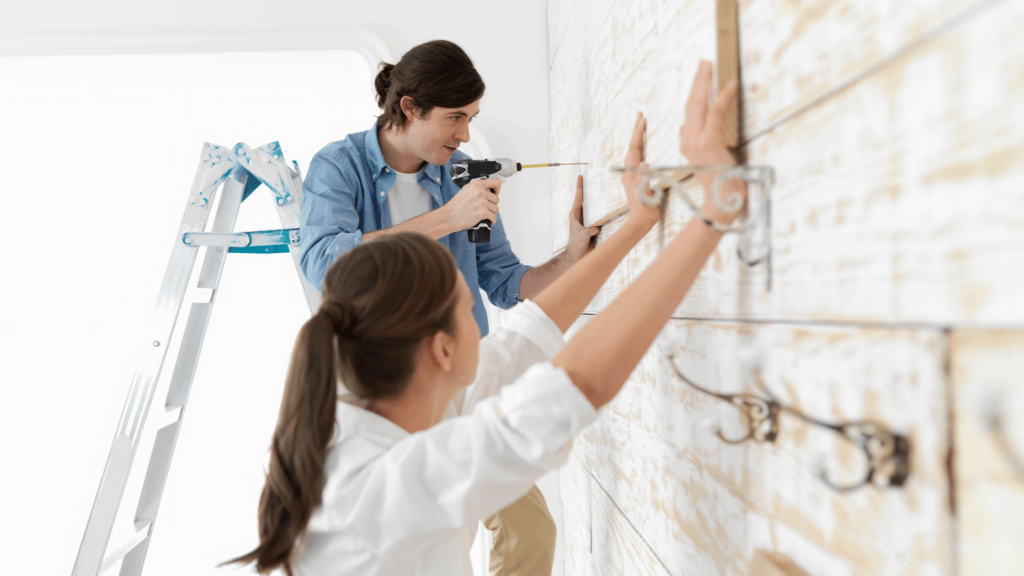
Budget-Friendly Design Ideas:
Discover cost-effective ways to enhance your space. Embrace DIY projects that allow you to personalize your home without breaking the bank.
DIY Projects for Home Improvement:
Repurpose furniture, create custom decor, and explore other hands-on projects to add a unique touch to your home.
Sustainability in Interior Design
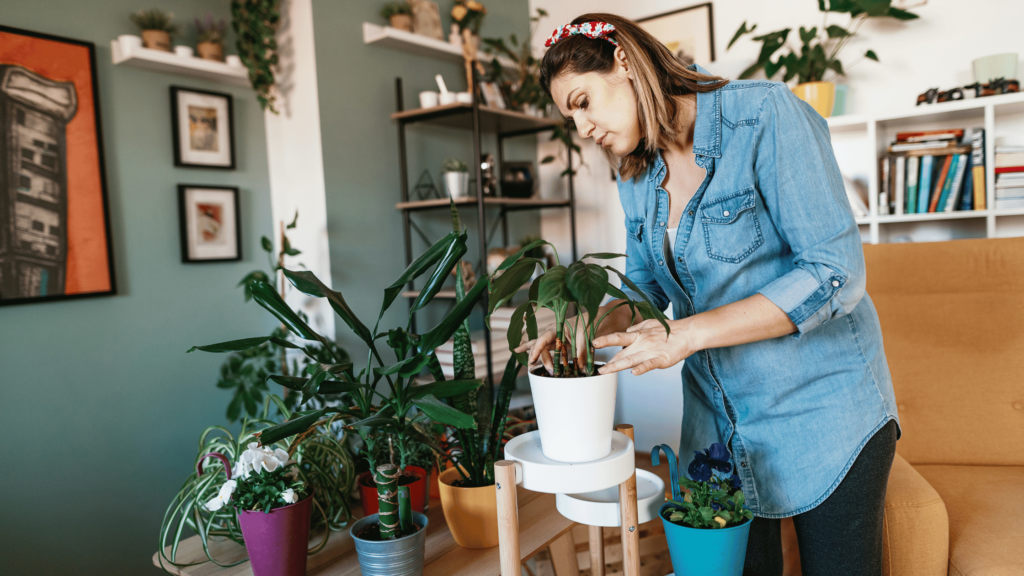
Eco-Friendly Materials:
Explore sustainable options such as recycled and upcycled furniture. Opt for pieces that have been repurposed or crafted from reclaimed materials, contributing to a greener living space.
Low VOC Paints and Finishes:
Choose low volatile organic compound (VOC) paints and finishes for your walls. These eco-friendly alternatives minimize harmful emissions, promoting a healthier indoor environment.
Energy-Efficient Lighting:
Invest in energy-efficient lighting solutions, such as LED bulbs. These not only reduce energy consumption but also contribute to a more sustainable and cost-effective home.
Smart Home Integration
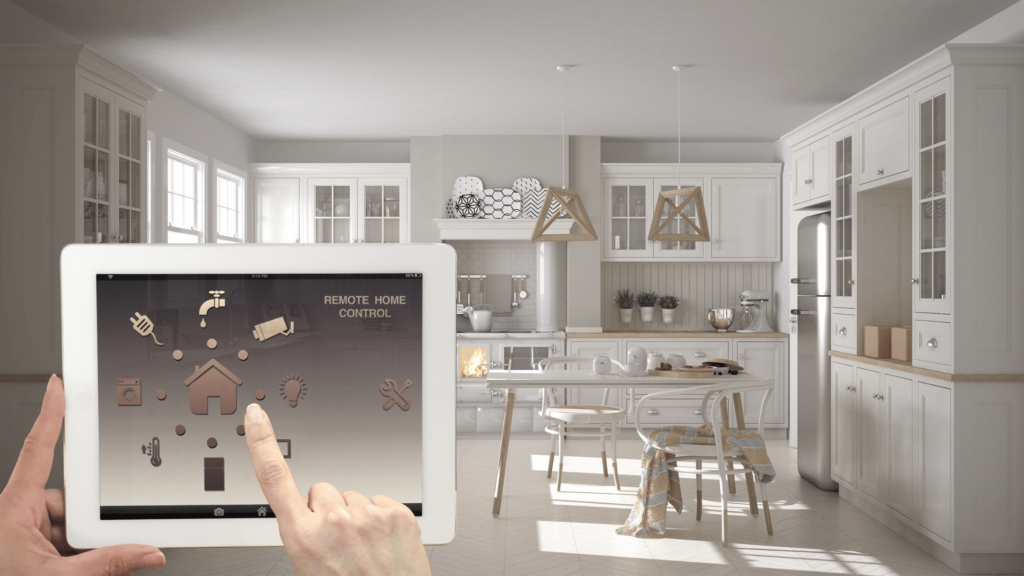
Smart Lighting Systems:
Enhance your home with smart lighting systems that offer customizable illumination. Control brightness and color temperature to create various moods in different spaces.
Home Automation for Climate Control:
Integrate smart thermostats and climate control systems to optimize energy usage. Program temperature settings based on your daily routine, ensuring comfort while minimizing energy waste.
Integration of Smart Appliances:
Upgrade to smart appliances that enhance efficiency and convenience. From refrigerators to ovens, these devices can be controlled remotely, adding a layer of technological sophistication to your home.
Personalization and Statement Pieces
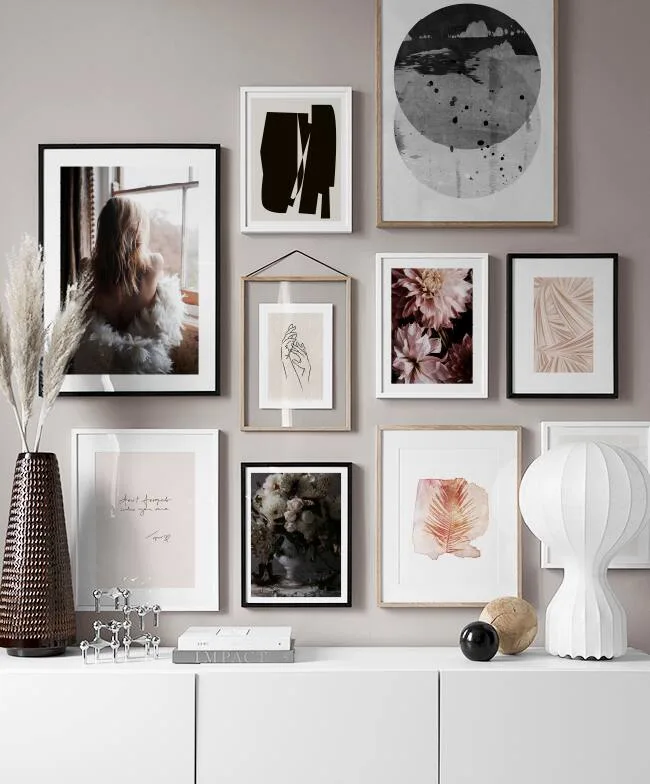
Customization of Decor:
Consider custom furniture design to perfectly align with your unique style and requirements. Customization allows you to bring your vision to life, ensuring that each piece reflects your personality.
Personalized Artwork and Photography:
Infuse your walls with personalized artwork and photography. Showcase memories, achievements, and moments that hold significance, creating a truly unique and sentimental atmosphere.
Statement Pieces as Focal Points:
Integrate statement pieces strategically. Whether it’s an eye-catching sculpture or a unique furniture item, these focal points draw attention and add character to your space.
Feng Shui and Interior Design Elements
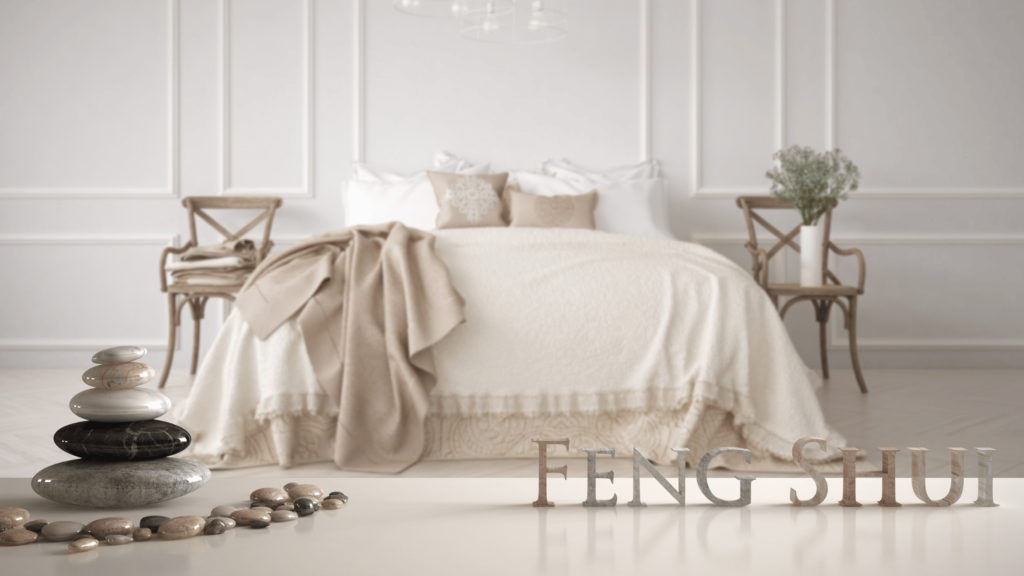
Principles of Feng Shui:
Incorporate Feng Shui principles to enhance positive energy flow. Position furniture to allow for a smooth circulation of chi, and pay attention to the balance of color and natural elements.
Arrangement for Positive Energy Flow:
Arrange furniture to encourage positive energy flow throughout your home. Create open pathways and avoid blocking entrances to promote a harmonious and balanced environment.
Incorporating Nature and Natural Elements:
Bring nature indoors by incorporating natural elements. Consider indoor plants, wooden furniture, and stone accents to connect with the earth’s energy, fostering a serene atmosphere.
FAQ Section
Navigate common queries with our FAQ section, addressing essential aspects of interior design elements:
What are the essential interior design elements for beginners?
For beginners, focus on mastering the fundamental principles of balance, harmony, proportion, and unity. Experiment with a neutral color palette, incorporating pops of color through accessories. Start with versatile furniture arrangements that allow for easy traffic flow, and gradually delve into more complex design elements as your confidence grows.
How can I choose the right color scheme for my home?
Selecting the right color scheme involves considering the mood you want to create. Begin by identifying a base color, then choose complementary or contrasting shades. Test paint samples and consider the natural light in each room. Remember, it’s about personal preference, so trust your instincts and go with colors that resonate with you.
What are some budget-friendly ways to enhance interior design?
Enhancing your interior on a budget is entirely feasible. Consider DIY projects, such as repurposing old furniture or creating your decor. Shop for second-hand pieces, explore thrift stores, and take advantage of online marketplaces. Small changes like updating textiles or rearranging furniture can also make a significant impact without breaking the bank.
How do I balance functionality and aesthetics in interior design?
Balance functionality and aesthetics by prioritizing versatile furniture that serves both purposes. Optimize room layouts for ease of movement while ensuring visual appeal. Consider multifunctional pieces that maximize space. Don’t sacrifice comfort for style; find a harmonious balance between the two.
What are the latest trends in interior design for 2024?
Stay up-to-date by incorporating current trends, such as sustainable design practices, biophilic elements, and minimalist aesthetics. Explore the use of natural materials and the integration of smart home technologies. Keep an eye on popular color palettes and experiment with innovative design concepts to infuse a modern touch into your space.
How can I incorporate sustainability into my home’s interior design?
Integrating sustainability involves choosing eco-friendly materials like recycled furniture, low VOC paints, and energy-efficient lighting. Invest in durable, high-quality items to reduce waste. Consider upcycling or repurposing existing pieces. Embrace energy-efficient appliances and explore sustainable decor options like indoor plants.
Are there any specific guidelines for arranging furniture in a small space?
Maximize small spaces by selecting appropriately sized furniture and arranging it strategically. Consider multifunctional pieces that serve dual purposes. Use mirrors to create an illusion of space and avoid clutter by incorporating smart storage solutions. Keep the color palette light to enhance the sense of openness.
What are common mistakes to avoid in interior design?
Avoid common mistakes by steering clear of overmatching everything, embracing variety instead. Don’t overcrowd spaces; allow for visual breathing room. Resist the urge to follow trends blindly; prioritize timeless elements. Neglecting lighting is a common error, so ensure a mix of ambient, task, and accent lighting for a well-lit, inviting space.
Resources:
UDEMY Interior Design Elements Course….Link
Checklist for Implementing Interior Design Elements:
- Assess and plan the layout of each room.
- Choose a cohesive color scheme based on preferences and room function.
- Incorporate a variety of lighting sources for functionality and ambiance.
- Select furniture that aligns with the overall design theme and offers comfort.
- Experiment with different textures and patterns in textiles and fabrics.
- Consider wall treatments such as paint, wallpaper, and decorative elements.
- Explore diverse flooring options to suit the style and function of each space.
- Thoughtfully accessorize with items that reflect personal taste and style.
- Integrate sustainable and smart design elements for long-term benefits.
- Add personal touches and statement pieces to make the space unique and memorable.
2-Minute Action Plan
- Reflect on your home’s current design and identify one element you’d like to enhance.
- Consider a color scheme that resonates with your personality and complements your space.
- Explore sustainable or DIY options to add a personal touch to your home.
Long-Term Action Plan
Implement the comprehensive Interior Design Elements discussed in this guide over the next few months. Gradually transform your space, making it a true reflection of your style and preferences.
Implementing these detailed guidelines ensures a holistic approach to interior design elements, transforming your space into a harmonious, functional, and aesthetically pleasing haven.

